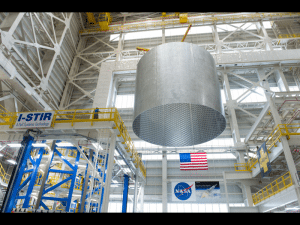
NASA successfully completed the Space Launch System (SLS) preliminary design review (PDR) Wednesday, a major milestone in its effort to build the United States’ next heavy-lift launch vehicle. Senior experts and engineers from across the agency concluded the design, associated production and group support plans for SLS are technically and programmatically capable of fulfilling the launch vehicle’s mission objectives, according to a NASA statement. NASA is developing the SLS and Orion spacecraft to provide an entirely new capability for human…













